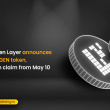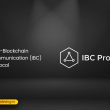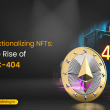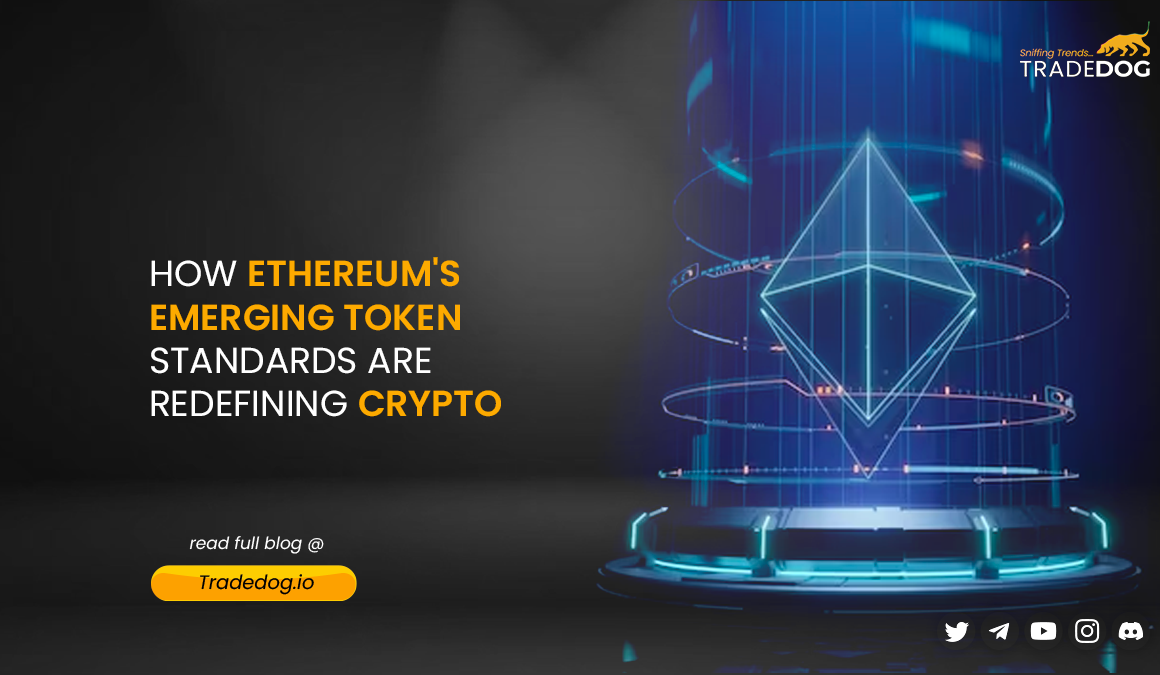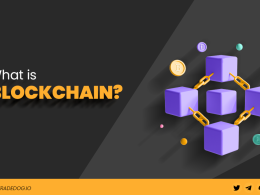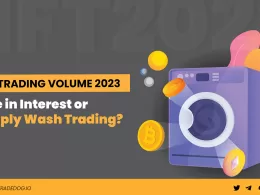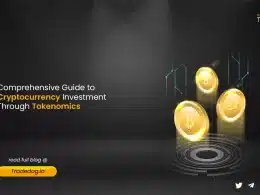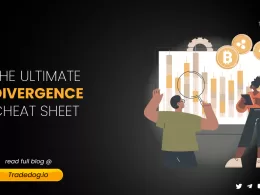Quick Links
Ethereum is widely recognized for its robust support of smart contracts, which are self-executing contracts with the terms of the agreement directly written into code. At the heart of Ethereum’s functionality and versatility are its token standards, notably ERC-20, ERC-721, and ERC-1155. These standards have become essential blueprints for developers who aim to create and deploy tokens within the Ethereum ecosystem. ERC-20 has 1200+ token contracts. The most well-known tokens are USDT, BNB, USDC, stETH, and TRON.
Ethereum has 9000+ NFT collections on 26 active NFT marketplaces. They facilitate seamless integration and interoperability among various tokens and decentralized applications (DApps), significantly enhancing the blockchain’s utility and fostering a more interconnected and efficient environment for users and developers alike.
What are Token Standards?
In a blockchain environment, “token standards” are the rules and guidelines that tell cryptocurrencies and digital tokens how to work and behave. The idea behind these standards is called “smart contract standards,” and they spell out the exact steps that smart contracts must follow to work properly on a certain blockchain network.
What is ERC for Ethereum?
ERC stands for “Ethereum Request for Comments,” and it serves as a collection of technical documents that outline the methods, behaviors, innovations, and research relevant to a community of developers and users looking to engage with the Ethereum ecosystem. To simplify the concept of ERC, imagine it as an engineering task force that communicates essential technical guidelines and regulations to developers, ensuring that everyone follows these standards when they aim to harness the advantages of a specific ecosystem.
What are ERC token standards?
ERC token standards govern all ERC tokens created on the Ethereum blockchain. These standards undergo regular reviews within the Ethereum community and are subject to amendments to accommodate evolving needs. The primary purpose of ERC standards is to ensure seamless interaction among ERC tokens.
Among the most widely recognized ERC token standards (i.e. ERC-20, ERC-223, ERC-721, ERC-165, ERC-621, ERC-777, ERC-1400, ERC-884, ERC-1155, ERC-6551), ERC-20, ERC-721, and ERC-1155 stand out, each offering distinct features and functionalities. These standards have gained full approval and support from the Ethereum community and find applications across various industries.
To grasp the concept of token standards fully, it’s essential first to understand the fundamentals of smart contract standards within the Ethereum ecosystem:
- Smart contract standards establish the rules that smart contract developers must adhere to to harness the benefits of the Ethereum network.
- These standards apply to blockchains that enable the development of smart contracts and decentralized applications (dApps).
- Smart contract standards encompass various aspects, including token standards, library structures, formatting guidelines, name registries, and related specifications.
ERC-20: The Workhorse of Utility Tokens
ERC-20 stands for “Ethereum Request for Comment 20” and is the most widely used token standard on the Ethereum blockchain. It defines a set of rules and functions that enable the creation of fungible tokens, which are interchangeable on a one-to-one basis. Fungible tokens are identical, making them ideal for representing currencies, utility tokens, or any other asset where individual units are interchangeable.
Key Features of ERC-20 Tokens:
- Fungibility: ERC-20 tokens are fully interchangeable with each other, making them suitable for use as digital currencies or utility tokens.
- Compatibility: ERC-20 tokens can be easily integrated into various decentralized applications (DApps), wallets, and exchanges due to their standardization.
- Transferability: These tokens can be transferred from one Ethereum address to another, just like sending ETH.
Use Cases for ERC-20 Tokens:
- Cryptocurrencies (e.g., USDC, DAI)
- Utility tokens for accessing specific services or features in DApps (e.g. Tether USD (USDT))
ERC-721: Non-Fungible Tokens (NFTs) for Digital Collectibles
ERC-721 tokens are known for their non-fungible nature, making each token unique and distinct. This standard is widely used for creating digital collectibles, in-game assets, and unique digital items. Each ERC-721 token has its distinct properties and value.
Key Features of ERC-721 Tokens:
- Non-Fungibility: Each ERC-721 token is one-of-a-kind, representing ownership of a unique asset, such as digital art, virtual real estate, or collectible cards.
- Ownership and Provenance: ERC-721 tokens can be used to prove ownership and provenance of digital assets, making them ideal for digital art and rare collectibles.
- Interoperability: ERC-721 tokens are compatible with various marketplaces, enabling users to buy, sell, and trade unique assets seamlessly.
Use Cases for ERC-721 Tokens:
- Digital art and collectibles (e.g., CryptoKitties, NBA Top Shot)
- In-game assets and items (e.g., Decentraland LAND)
- Proving ownership of physical assets through tokenization
ERC-1155: Versatile Multi-Fungible Tokens
ERC-1155 tokens are a hybrid between ERC-20 and ERC-721 standards. They are versatile and can represent both fungible and non-fungible assets within a single contract. This flexibility makes ERC-1155 tokens a powerful choice for various applications, allowing developers to optimize gas costs and improve scalability.
Key Features of ERC-1155 Tokens:
- Multi-Fungibility: ERC-1155 tokens can represent both fungible and non-fungible assets within the same contract. This versatility is beneficial for developers seeking efficiency and cost savings.
- Scalability: By combining multiple token types within one contract, ERC-1155 tokens reduce the overhead associated with deploying multiple smart contracts.
- Reduced Gas Costs: Developers can save on gas costs when creating and managing tokens since ERC-1155 combines multiple assets in a single contract.
Use Cases for ERC-1155 Tokens:
- In-game assets that include both common items (e.g., potions) and rare items (e.g., legendary weapons)
- Multi-asset management platforms
- Digital marketplaces that offer various types of tokens
| TOKEN COMPARISON | |||
| Token: | ERC-20 | ERC-721 | ERC-1155 |
| Launch date: | 19 NOV 2015 | 24 JAN 2018 | 17 JUN 2018 |
| Created by: | Ethereum Developers | William Entriken | Witek Radomski |
| Fungibility: | Fungible | Non-Fungible | Both |
| Key Features: | FungibilityCompatibilityTransferability | Non-FungibilityOwnership and ProvenanceInteroperability | Multi-FungibilityScalabilityReduced Gas Costs |
| Efficiency: | Requires one common smart contract | Requires unique smart contracts for each token | Requires a single smart contract for infinite tokens |
| Adoption: | CryptocurrenciesUtility tokens | NFTs | Gaming and DeFi applications |
Conclusion:
In conclusion, Ethereum token standard ERC-20 handles fungible assets like cryptocurrencies, ERC-721 shines for unique collectibles, and ERC-1155 offers flexibility, catering to various needs. As blockchain evolves, these standards will keep expanding their roles, enhancing the decentralized digital economy. Whether you’re a developer or user, knowing these standards is crucial in the blockchain and DApp landscape.

